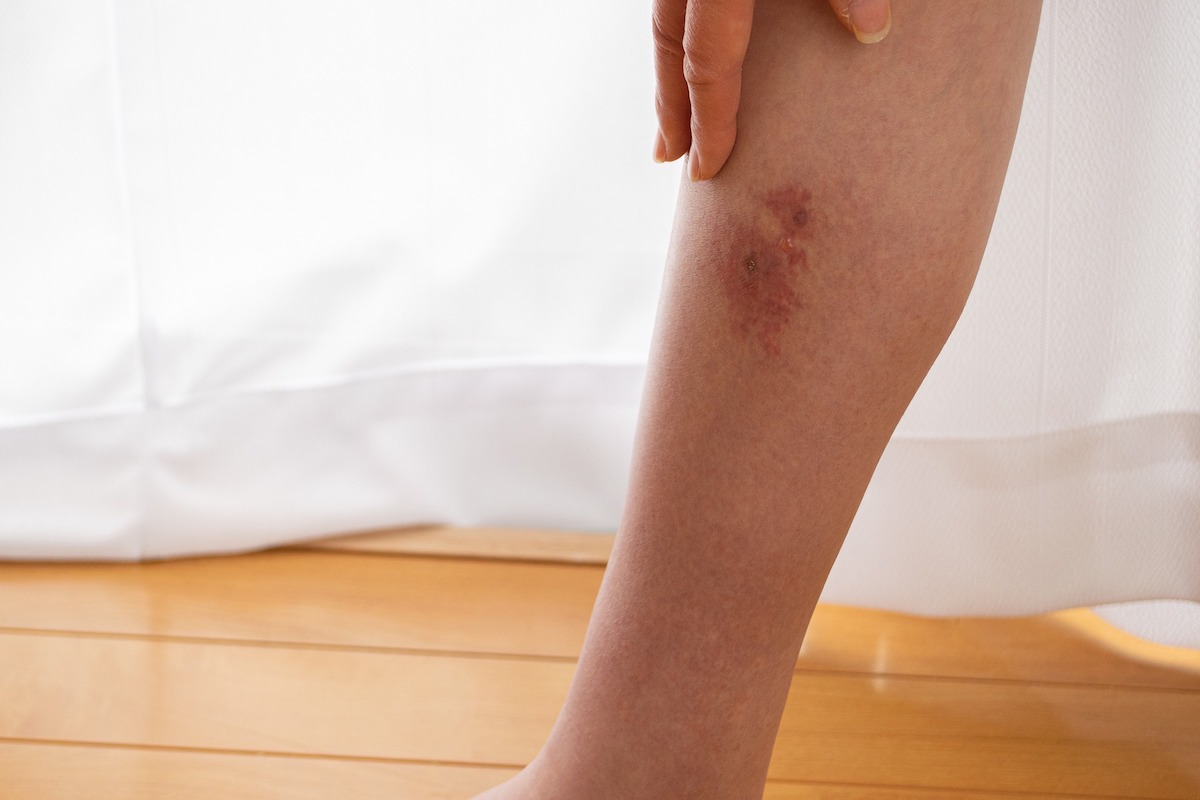Cellulitis is a common skin infection that affects millions of people in the United States. It occurs when bacteria enter the skin through a cut, scrape, or other break in the skin’s surface. While cellulitis can happen anywhere on the body, it most commonly affects the legs. It can be a serious medical problem. If not treated, the infection can spread and cause more problems. That’s why it’s important to recognize this condition in its early stages. How? Well, we have compiled the most important information for you.

What Is Cellulitis?
Sure! Imagine that your skin is like a protective covering for your body. Sometimes, harmful bacteria can get inside your skin through cuts, wounds, or even tiny openings. When this happens, your skin can become red, swollen, and painful. This condition is called cellulitis. This is often confused with another skin problem called erysipelas. Erysipelas also causes redness, swelling, and pain on the skin. Both conditions can make you feel sick, with symptoms like fever.
Causes & Types of Cellulitis
Cellulitis is typically caused by bacteria entering the skin through a cut, scrape, or other break in the skin’s surface. People with weakened immune systems, diabetes, or other medical conditions that affect the skin’s ability to heal are at a higher risk of developing this condition. There are two types: non-purulent cellulitis, which is caused by streptococcus bacteria, and purulent cellulitis, which is caused by staphylococcus bacteria. Continue reading on the next page, and discover, among others, how you can recognize this skin condition and when you’re at risk!

